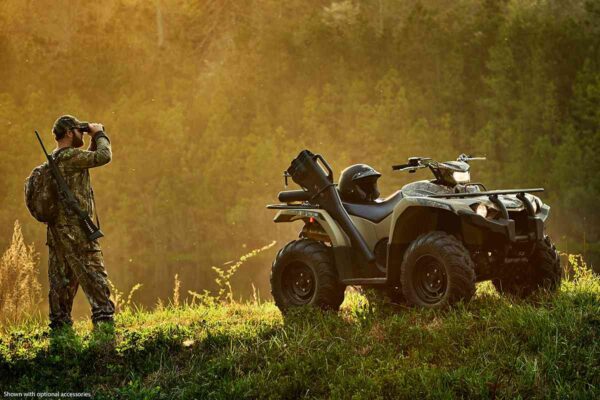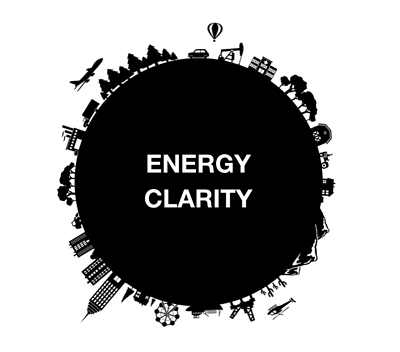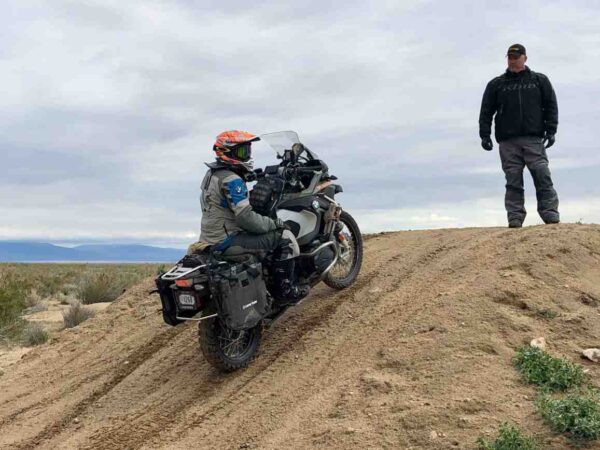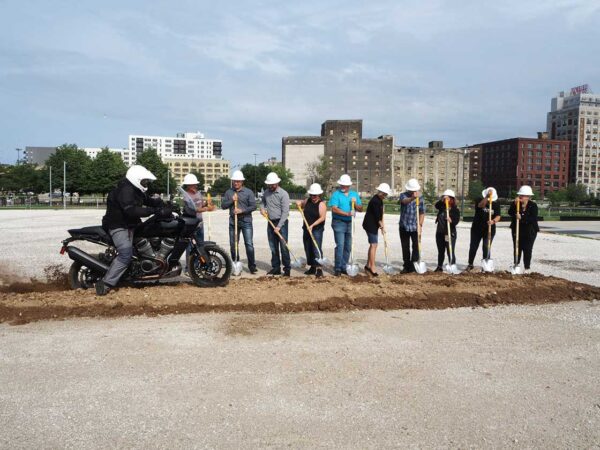Yamaha’s Record Support of Public Land for Recreation in 2021
Yamaha Caps 2021 with Record Support of Public Land for Recreation Yamaha Outdoor Access Initiative Surpasses $5 Million in Conservation Funding MARIETTA, Ga., – March 21, 2022 – Yamaha Motor Corp., USA, announces the Yamaha Outdoor Access Initiative’s (OAI) 2021 third- and fourth-quarter grants totaled in excess of $250,000, bringing last year’s funding to more than $600,000. Since 2008, Yamaha OAI has been steadfast in serving the motorized and outdoor recreation community, contributing over $5 million in essential support for local and national organizations working to preserve and improve access to public land, fostering productive partnerships between recreationists and land managers, and delivering much-needed funds for safe, responsible recreation. “The surge in outdoor recreation is both gratifying and daunting. While we love to see families enjoying time spent outside, it amplifies the need to work together to preserve and protect the land so we can appreciate it today and in the future,” said Steve Nessl, Yamaha’s Motorsports marketing manager. “Considering the uptick in use and resulting attention and resources our nation’s public spaces require, we are proud to approve thirty new Yamaha Outdoor Access Initiative grants in 2021 – the most we’ve awarded in one year since 2009.” From inception, Yamaha OAI has selected projects with the highest potential of providing recreationists with increased and improved opportunities to enjoy the United States’ outdoor public spaces. In the latest funding rounds, the organizations awarded for support include both national and local footprints with diverse communities and interests to create a comprehensive approach to advocacy for access to public land for outdoor recreation. “We’ve worked with Yamaha and their Outdoor Access Initiative for more than a decade. Together in that timeframe, we’ve launched our One Voice program and matched numerous riding groups with public land managers to establish formal partnerships mutually benefitting […]
Yamaha’s Record Support of Public Land for Recreation in 2021 Read More »




